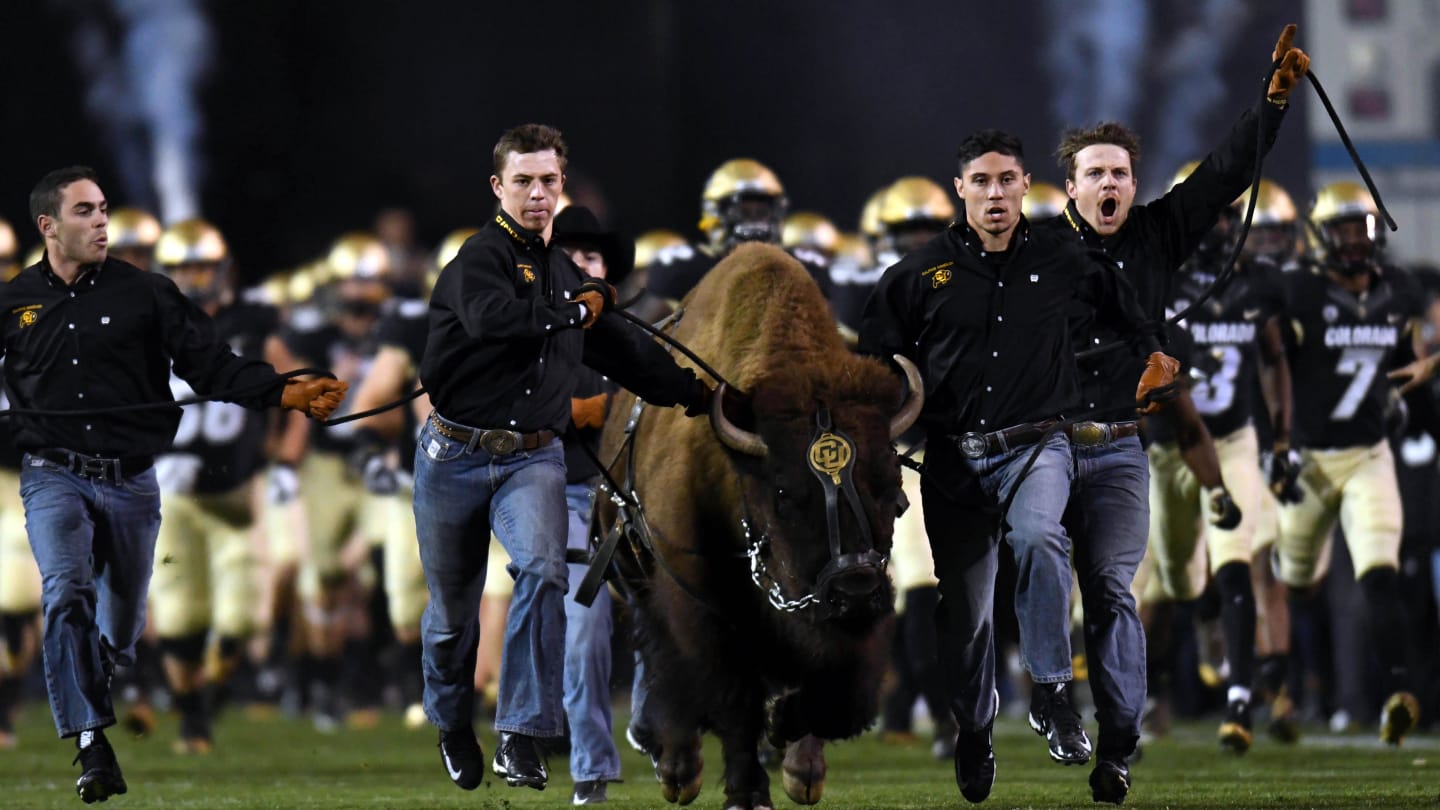
Das Chandra-Röntgenobservatorium der NASA hat zwei Paare supermassiver Schwarzer Löcher in Kollisionszyklen in Zwerggalaxien entdeckt, der erste Beweis für eine solche bevorstehende Begegnung. Diese Entdeckung liefert wichtige Informationen über das Wachstum von Schwarzen Löchern im frühen Universum.
- Milky Way, likely formed larger galaxies through collisions in the early Universe.
- These newly-discovered merging dwarf galaxies can be used as analogs for more distant ones that are too faint to observe.
- The dwarf galaxies are on collision courses and are found in the galaxy clusters Abell 133 and Abell 1758S.

Evidence for two pairs of supermassive black holes in dwarf galaxies on collision courses has been found with Chandra. The two pairs are shown in X-rays from Chandra and optical light from the Canada-France-Hawaii telescope. The merger on the left is in a late stage and was given the single name of Mirabilis. The other merger is in the early stages and the two dwarf galaxies are named Elstir (bottom) and Vinteuil (top). Astronomers think that dwarf galaxies – those about 20 times less massive than the Milky Way – grow through mergers with others. This is an important process for galaxy growth in the early Universe and this discovery provides examples for scientists to study in greater detail. Credit: X-ray: NASA/CXC/Univ. of Alabama/M. Micic et al.; Optical: International Gemini Observatory/NOIRLab/NSF/AURA
A new study using NASA’s Chandra X-ray Observatory has tracked two pairs of supermassive black holes in dwarf galaxies on collision courses. This is the first evidence for such an impending encounter, providing scientists with important information about the growth of black holes in the early Universe.
By definition, dwarf galaxies contain stars with a total mass less than 3 billion Suns — or about 20 times less than the Milky Way. Astronomers have long suspected that dwarf galaxies merge, particularly in the relatively early Universe, in order to grow into the larger galaxies seen today. However, current technology cannot observe the first generation of dwarf galaxy mergers because they are extraordinarily faint at their great distances. Another tactic — looking for dwarf galaxy mergers closer by — had not been successful to date.
Die neue Studie überwand diese Herausforderungen, indem sie eine systematische Untersuchung von Chandras Tiefenröntgenbeobachtungen durchführte und sie mit Infrarotdaten des Wide Infrared Survey Explorer (WISE) der NASA und optischen Daten des Canada, France and Hawaii Telescope (CFHT) verglich.
Chandra war in dieser Studie besonders wertvoll, da das Material, das schwarze Löcher umgibt, auf Millionen Grad erhitzt werden kann und große Mengen an Röntgenstrahlen abgibt. Das Team suchte nach Paaren heller Röntgenquellen in kollidierenden Zwerggalaxien als Beweis für zwei Schwarze Löcher und entdeckte zwei Beispiele.

Hinweise auf ein Paar supermassereicher Schwarzer Löcher wurden in Zwerggalaxien in Kollisionszyklen mit Chandra gefunden. Das Paar ist auf Röntgenstrahlen von Chandra und optischem Licht des Canada-France-Hawaii Telescope zu sehen. Die Fusion auf der linken Seite befindet sich in einem späten Stadium und trägt den individuellen Namen Mirabilis. Die andere Verschmelzung befindet sich in einem frühen Stadium und die beiden Zwerggalaxien wurden Elstir (unten) und Vinteuil (oben) genannt. Astronomen glauben, dass Zwerggalaxien – die 20 Mal kleiner als die Milchstraße sind – durch Verschmelzung mit anderen wachsen. Dies ist ein wichtiger Prozess für das Wachstum von Galaxien im frühen Universum, und diese Entdeckung bietet Wissenschaftlern Beispiele, die sie genauer untersuchen können. Bildnachweis: Röntgenstrahlen: NASA/CXC/Univ. Alabama / m. Micic et al.; Optisch: Gemini Observatory International/NOIRLab/NSF/AURA
Ein Paar befindet sich im Galaxienhaufen Abell 133, der sich 760 Millionen Lichtjahre von der Erde entfernt befindet und im zusammengesetzten Bild links zu sehen ist. Chandra-Röntgendaten in Pink und optische Daten von CFHT in Blau. Dieses Zwerggalaxienpaar scheint sich in den späten Stadien einer Verschmelzung zu befinden und weist lange Schweife auf, die durch Gezeiteneffekte der Kollision verursacht werden. Die Autoren der neuen Studie nannten es Mirabilis, nachdem es vom Aussterben bedroht ist[{“ attribute=““>species of hummingbird known for their exceptionally long tails. Only one name was chosen because the merger of two galaxies into one is almost complete. The two Chandra sources show X-rays from material around the black holes in each galaxy.

X-ray and optical composite of Mirabilis. Credit: X-ray: NASA/CXC/Univ. of Alabama/M. Micic et al.; Optical: International Gemini Observatory/NOIRLab/NSF/AURA
The other pair was discovered in Abell 1758S, a galaxy cluster about 3.2 billion light-years away. The composite image from Chandra and CFHT is on the right, using the same colors as for Mirabilis. The researchers nicknamed the merging dwarf galaxies “Elstir” and “Vinteuil,” after fictional artists from Marcel Proust’s “In Search of Lost Time”. Vinteuil is the galaxy on the top and Elstir is the galaxy on the bottom. Both have Chandra sources associated with them, again from X-rays from material around the black holes in each galaxy. The researchers think these two have been caught in the early stages of a merger, causing a bridge of stars and gas to connect the two colliding galaxies from their gravitational interaction.

X-ray and optical composite of Elstir & Vinteuil. Credit: X-ray: NASA/CXC/Univ. of Alabama/M. Micic et al.; Optical: International Gemini Observatory/NOIRLab/NSF/AURA
The details of merging black holes and dwarf galaxies may provide insight to our Milky Way’s own past. Scientists think nearly all galaxies began as dwarf or other types of small galaxies and grew over billions of years through mergers. Follow-up observations of these two systems will allow astronomers to study processes that are crucial for understanding galaxies and their black holes in the earliest stages of the Universe.
Ein Artikel, der diese Ergebnisse beschreibt, wurde in einer kürzlich erschienenen Ausgabe von veröffentlicht Die[{“ attribute=““>Astrophysical Journal.
Reference: “Two Candidates for Dual AGN in Dwarf-Dwarf Galaxy Mergers” by Marko Mićić, Olivia J. Holmes, Brenna N. Wells and Jimmy A. Irwin, 22 February 2023, The Astrophysical Journal.
DOI: 10.3847/1538-4357/aca1bb
The authors of the study are Marko Micic, Olivia Holmes, Brenna Wells, and Jimmy Irwin, all from the University of Alabama at Tuscaloosa.
NASA’s Marshall Space Flight Center manages the Chandra program. The Smithsonian Astrophysical Observatory’s Chandra X-ray Center controls science operations from Cambridge, Massachusetts, and flight operations from Burlington, Massachusetts.

„Entdecker. Entschuldigungsloser Unternehmer. Alkoholfanatiker. Zertifizierter Schriftsteller. Möchtegern-TV-Evangelist. Twitter-Fanatiker. Student. Webwissenschaftler.







More Stories
Die NASA macht in Bezug auf die Erde eine Entdeckung, die „so wichtig wie die Schwerkraft“ ist
Wie wurden Schwarze Löcher so groß und schnell? Die Antwort liegt im Dunkeln
Eine Studentin der University of North Carolina wird die jüngste Frau sein, die an Bord von Blue Origin die Grenzen des Weltraums überschreitet